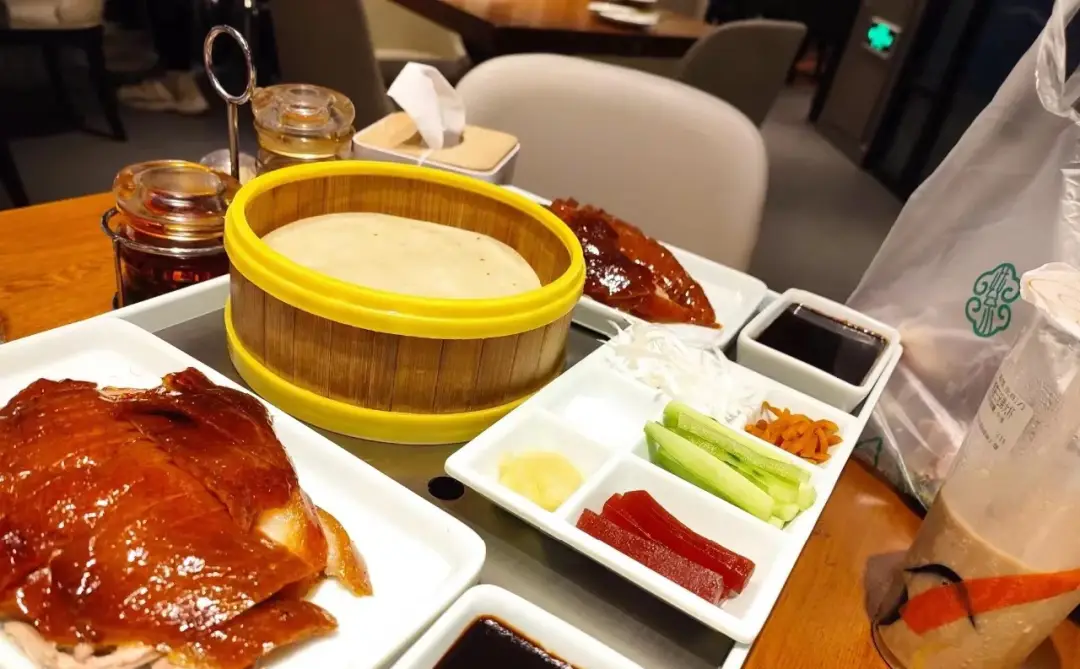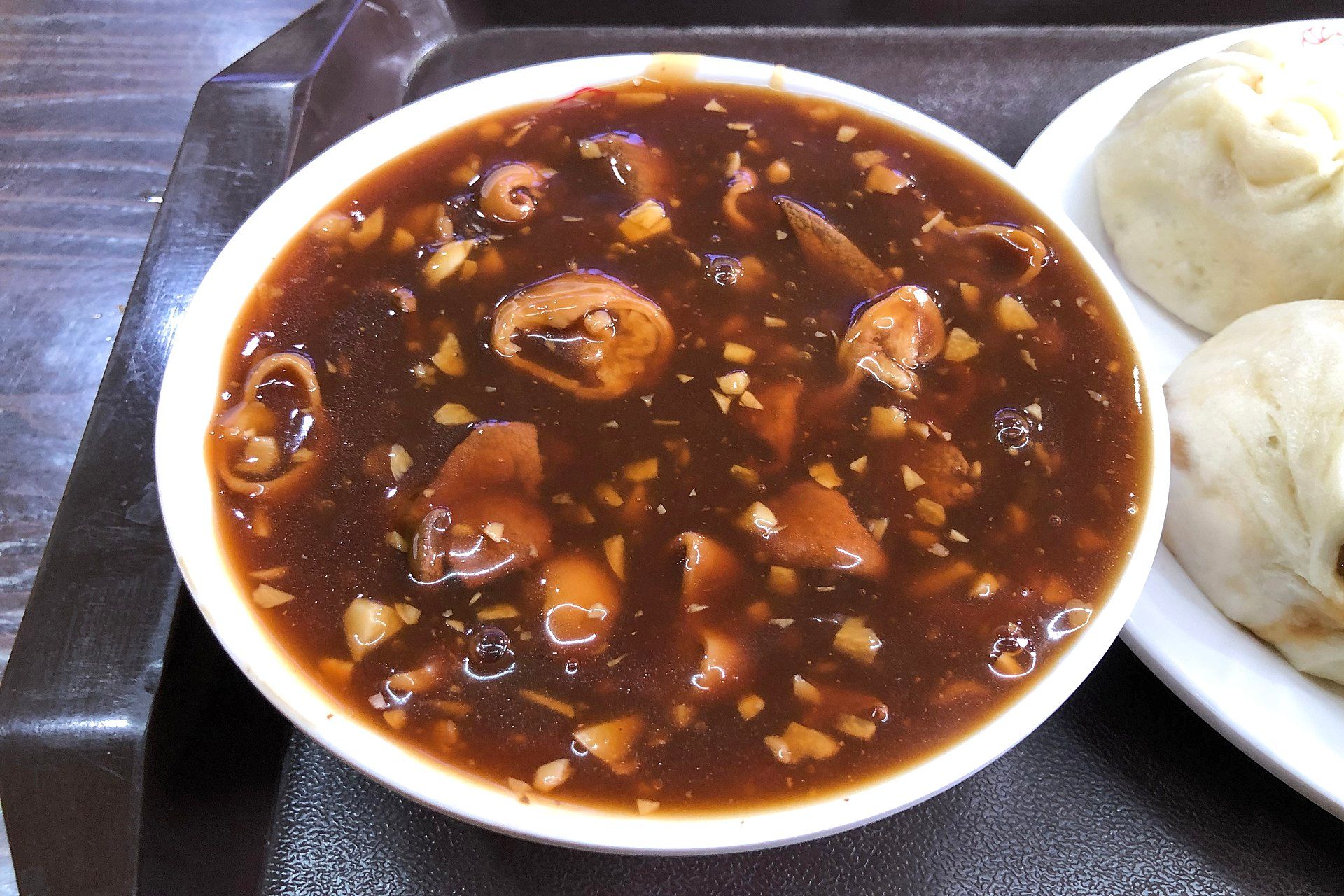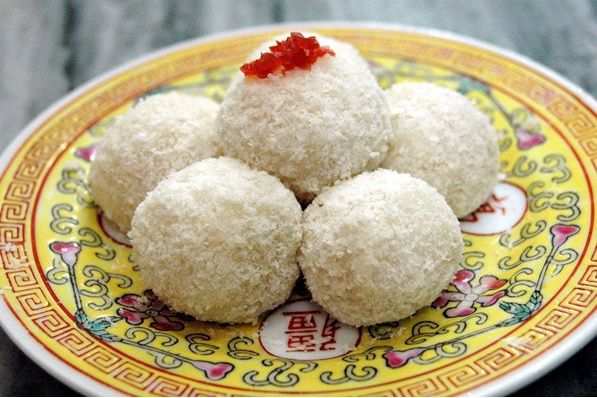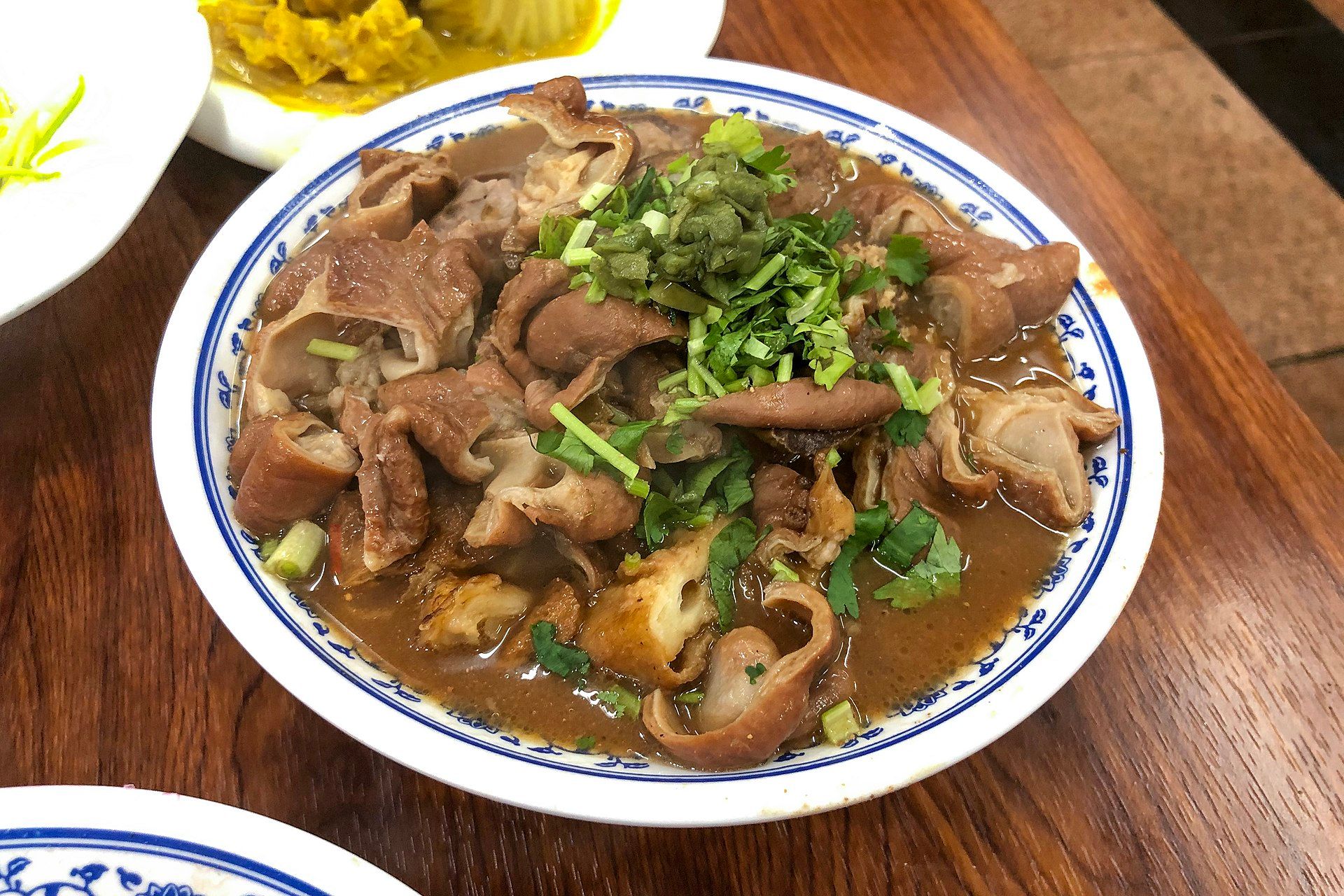Top 6 Food You Must Try in Beijing
Find out what to eat in Beijing!
When we think about food in Beijing, perhaps what comes first to mind is the iconic Peking Duck. While Peking duck is definitely a must-try, Beijing also offers a diverse range of food and delicacies waiting for you to discover. Planning a visit to Beijing and wondering what are some local delights you must try? Let's take a look!
1. Peking Duck

Peking Duck is probably the top on everyone's list of must-eat food in Beijing. Undoubtedly the most iconic dish of Beijing, Peking Duck is a culinary masterpiece that has gained international acclaim.
Peking Duck is known for its crispy skin and the ritualistic method of serving. Wrap the duck — which really is more skin than meat — in a thin wrap, along with the sweet sauce, scallions, and cucumber.
Not only can you find Peking Duck in many restaurants in Beijing, you can find traces of them in many street stalls and even in souvenir shops. But, if you are looking for the most well-known or famous Peking Duck, head to Quanjude (全聚德) or BianYiFang (便宜坊).
At Quanjude, the ducks are roasted hanging over an open flame over a long period of time. Due to the wood that is used for the roasting, the roasted duck will come with a tinge of fruity-wood flavour. The duck that is cooked in this manner is often crispier. On the other hand, BianYiFang is the icon for duck that is roasted in a stew oven. Instead of roasting the duck over open fire, the duck is cooked in a heated oven. This results in the roasted duck being more tender and flavourful.
Another option, highly recommended by locals and located very near the Forbidden City, is Siji Minfu Roast Duck Shop (四季民福烤鸭店).
2. Stir-fried Liver (炒肝)

Stir-fried Liver, read as Chao Gan in Chinese, is a traditional dish in Beijing, and is one of the Lao Beijing 13 Jue, which is a list of 13 must-taste Beijing snacks. While a traditional snack, this dish is definitely not for everyone - especially if you don't eat pork innards.
While it is called 'stir-fried liver', its name is rather deceiving. The dish includes more than just liver, but actually also includes other innards like pig intestines; and while its name states 'stir-fried', the pork liver is actually stewed.
The pork liver and intestines are served in a coffee-coloured broth that has a rather starchy texture, and garnished with some minced garlic. Admittedly, it definitely doesn't sound (or look) appetising - but it definitely tastes better than it looks! The dish is fragrant and has a herbal taste to it; and is most commonly eaten with buns.
You can find the snack in many restaurants and street stalls, with Yao Ji Chao Gan and TianXingJu being the most highly recommended ones.
3. Aiwowo (艾窝窝)

Aiwowo is a traditional snack that originated during the Ming Dynasty. It is primarily made using steamed glutinous rice, rolled into a ball and stuffed with fillings like almond, sesame, pumpkin seeds, plum, haw jelly, and sugar. The wide range of fillings make it a very popular snack across all ages.
Originally a royal food, this traditional dessert can now be found in many stalls selling traditional snacks. For some of the best Aiwowos and other traditional snacks, head to the snack shops near Huguo Temple. And while you are there, consider trying out some of the other snacks like the Lu Da Gun (驴打滚) and Wan Dou Huang (豌豆黄), both of which are also very highly recommended traditional snacks of Beijing.
4. Zhajiangmian (炸酱面)

Zhajiangmian, also known as fried sauce noodles, is a very common dish in Asian cultures, each having its own unique twist and approach to this dish. At its core, Zhajiangmian is essentially a bowl of noodles mixed with sauce and different ingredients.
While the dish itself is very simple, Zhajiangmian is one of Beijing's favourite noodle dishes. Beijing's Zhajiangmian typically consists minced pork and soybean paste sauce mixed with noodles, and topped with a variety of vegetables.
Due to its simplicity, Zhajiangmian is often a good choice for those looking for affordable, quick, and yet filling food options for lunch.
And while the variety of ingredients is important, what actually makes or breaks this dish is the sauce that is used. For some of the most highly recommended Zhajiangmian, you can head to Haiwanju (海碗居) or No. 69 FangZhuanChang Zhajiangmian (方砖厂69号炸酱面).
5. Mung Bean Juice (豆汁)

All we can say is, this is a rather controversial drink.
Mung Bean Juice is commonly drank for breakfast in Beijing, and is very well-loved by locals. But, not many foreigners can accept it. For those who are not familiar with this drink, there is a high chance that you would think it tastes weird. It takes an acquired taste - and probably a few tries - before you can start to appreciate its flavours.
The fresh mung bean juice is slightly sweet, but has a sour taste and smell to it. While it looks harmless, the smell could scare off many. But, don't let that deter you from giving it a try. Who knows, you might actually end up really loving it!
It is most commonly drank for breakfast, and best paired with fried dough rings - it's not the healthiest breakfast option, but since you're already in Beijing, why not give this popular breakfast combination a try?
6. Luzhu Huoshao (卤煮火烧)

Luzhu Huoshao is a traditional Beijing street food, originating from Nanheng Street in Beijing. This dish is primarily made up of pig innards - the pork liver, intestines, and lungs are cooked in braised sauce together with fried tofu, and garnished with garlic and coriander.
The dish is very flavourful, and the meat is cooked till it is very soft, making it very popular amongst locals.
For some of the best Luzhu Huoshao, consider heading to XiaoChangChen (小肠陈), a shop that has been around for over 100 years, and is famed for its Luzhu Huoshao. Or, you can also check out Chenji Luzhu Xiaochang (陈记卤煮小肠), which is also very popular. Long queues are expected during the peak dining hours, so if you are planning to try Chenji Luzhu Xiaochang, you might want to go slightly earlier!
Stay Connected in Beijing with a Nomad Travel eSIM for China
Stay connected with an Nomad travel eSIM for China while filling your stomach with Beijing's delicacies. Nomad's eSIMs give you access to affordable data eSIMs in over 200+ destinations worldwide — including China.
Choose from a variety of local, regional, and global data plans, buy and install your eSIM before you fly, and connect to a mobile network within minutes of arrival. Running out of data mid-trip? Simply purchase an add-on in the Nomad app.
Planning a trip to Beijing? Get a China travel eSIM to stay connected during your trip.
